Search Images
Browse Content
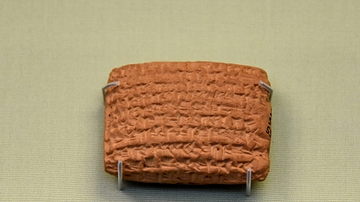
Image
Mesopotamian Tablet Naming Belshazzar
This adminsitrative document is dated to the "24th day of Kislimu in the 11th year Nabonidus, King of Babylon". It mentions "a slave of Bel-sharra-usur (Belshazzar),son of the king". Although Belshazzar is acting as regent, the formal date...
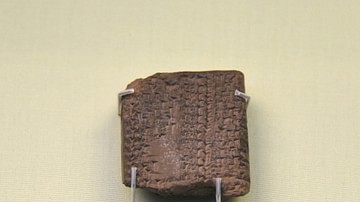
Image
Mesopotamian Tablet on Marduk
Here, a Babylonian scholar speculates on how powerful, independent Mesopotamian gods can be seen as aspects of the god Marduk. It is interesting to reflect that a similar idea characterized the religion of the incoming Judaeans. From Babylon...
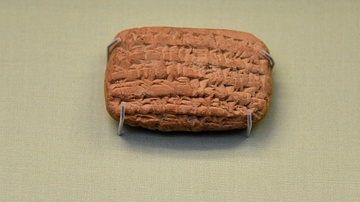
Image
Nebuchadnezzar's Right Hand Man
The Chief Eunuch, Nabu-sharrusu-ukin, rab sha-reshi, donated gold to the Marduk Temple at Babylon. His name and title occur as Nebo-Sarsekim, rab-saris, in Hebrew in the Book of Jeremiah. He probably met the prophet Jeremiah at Nebuchadnezzar's...
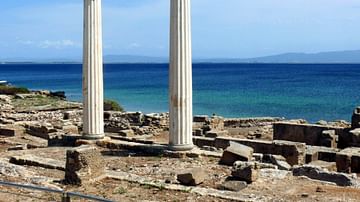
Image
Classical Columns, Tharros.
Two standing Roman columns on Tharros, Sardinia, originally a Phoenician colony.
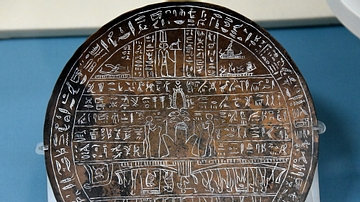
Image
Bronze Hypocephalus of Djedhor
Hypocephali are inscribed discs usually of plastered linen and less frequently of papyrus or bronze, which were placed beneath the heads of mummies in the Late/Ptolemaic Periods. The texts written on them were taken from spell 162 of the...
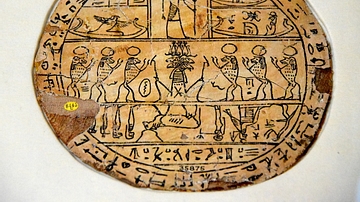
Image
Linen Hypocephalus
Hypocephali are inscribed discs usually of plastered linen and less frequently of papyrus or bronze, were placed beneath the heads of mummies in the Late/Ptolemaic Periods. The texts written on them were taken from spell 162 of the Egyptian...
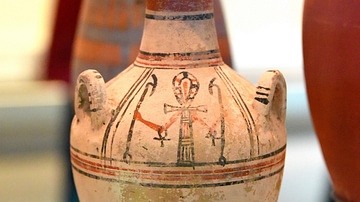
Image
Pottery Jar with Ankh Sign
A pottery jar with three painted representations of an "ankh-sign" with 2 arms holding 2 Was-scepters; in addition, there are two smaller ankh-signs suspended from the arms. From Egypt. Ramesside Period, 1292–1069 BCE. (The British Museum...
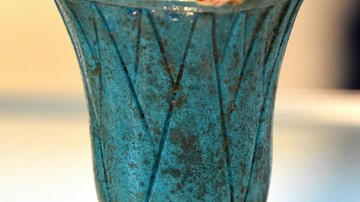
Image
Faience Drinking Cup from the 18th Dynasty
This is a faience (bluish-green) drinking cup. The cup's exterior surface was elaborated with incised decoration representing lotus flower petals. From Egypt. New Kingdom, 18th Dynasty, 1543-1292 BCE. (The British Museum, London)
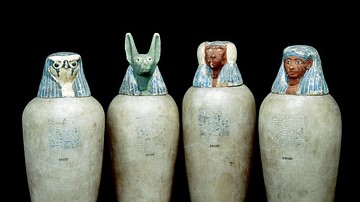
Image
Canopic Jars of Neskhons
Calcite canopic jars of Neskhons (21st Dynasty) with painted wooden lids representing the Four Sons of Horus.
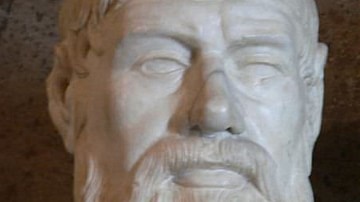
Image
Pausanias the Spartan
A portrait bust of Pausanias, the 5th century BCE Spartan general and regent who successfully commanded the Greek forces at the Battle of Plataea in 479 BCE. (Capitoline Museums, Rome)